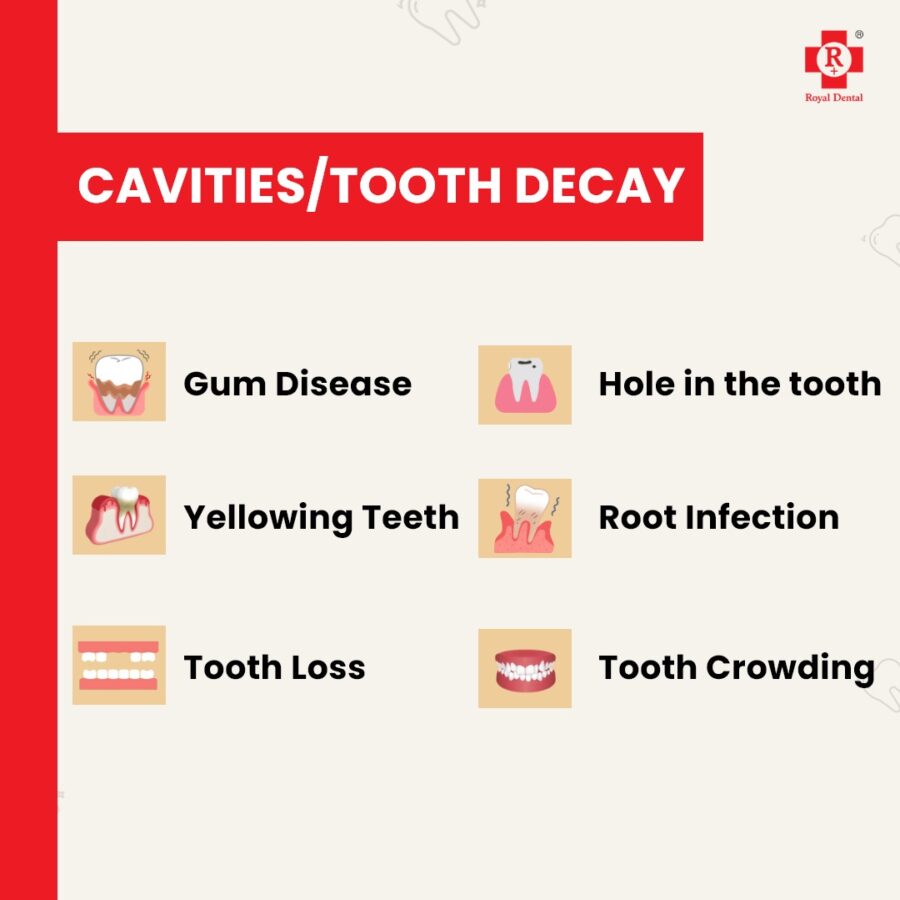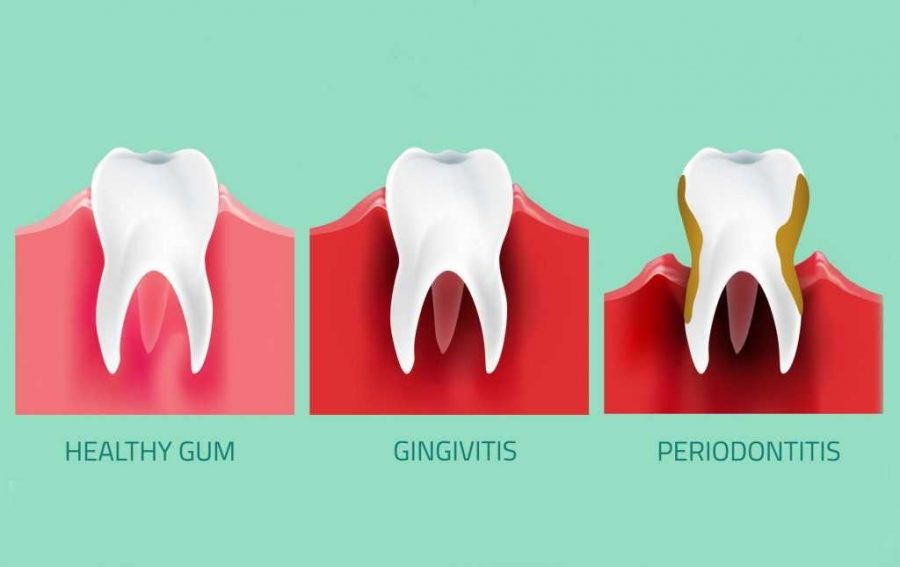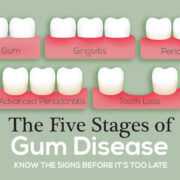If you think gingivitis is something that only teenagers deal with, think again! It’s a common oral disease that most adults suffer from to some extent. Left untreated, it can lead to serious complications and even periodontal disease. Know more about gingivitis and how you can take action to prevent it. Canker sores and plaque are two of the main causes of gingivitis. While they seem very different, they have one thing in common: They both reside on your gums. When plaque remains on your teeth for a long time, it hardens into tartar and irritates your gums until they bleed and become inflamed. This painful condition is what we call gingivitis.
Know the causes of gingivitis
As we’ve seen, there are two main causes of gingivitis: plaque and canker sores. Plaque is the sticky layer of bacteria that forms inside your mouth whenever you eat or drink. While you may be able to remove visible bits of food from your teeth, you can’t see or remove the plaque that accumulates around your gums. Canker sores are open, painful sores on the gums or inside the mouth that are caused by viruses. They look like small red ulcers and are often mistaken for cavities or other types of infections. Other possible causes of gingivitis include:

Ageing – Gingivitis is more common in people over the age of 35.
Certain medications – Certain medications, such as birth control pills and certain types of steroids, can cause gingivitis.
Dry mouth – Saliva is the best cleaning agent for your teeth. If you don’t produce enough saliva, it can cause cavities and gingivitis.
Family history – Gingivitis is hereditary. If a parent or other relative has it, you are more likely to develop it.
What are the symptoms of gingivitis?
The signs of gingivitis include red and swollen gums that bleed easily when you brush or floss. You may also notice gum pockets forming and bleeding when you floss, especially after meals. If you already suffer from periodontal disease, the signs of gingivitis will be even more pronounced. Gingivitis doesn’t cause any long-term damage on its own. Left untreated, though, it can progress to periodontal disease.

This condition is often accompanied by bad breath, tooth loss, and a much higher risk of heart attack and stroke. Gingivitis is easy to prevent with good oral hygiene and regular dental visits. Make sure to brush at least twice per day, floss at least once per day, and visit a dentist at least once per year.
How is gingivitis diagnosed?
Your dentist will be able to diagnose gingivitis by examining your gums. He or she will look for signs of swelling, redness, and small pockets around your teeth. If your dentist suspects that you have or are at risk of developing periodontal disease, you may be referred to a periodontist. This is a specialist who focuses on treating.
3 ways to prevent gingivitis
One of the best ways to do this is to use a soft-bristled toothbrush and floss once per day. Be sure to brush for at least two minutes, and use dental floss after every meal. You can also use mouthwash to remove plaque from your teeth and gums. Some foods are easier to clean than others.
Avoid sticky and sugary foods, as they are harder to clean and can cause plaque buildup. Stay hydrated by drinking plenty of water every day.
Finally, make sure to get plenty of sleep and exercise regularly. Your body will be better able to fight off bacteria and viruses when it’s rested and healthy.
Conclusion
Gingivitis is a common oral disease that most adults suffer from to some extent. Left untreated, it can lead to serious complications and even periodontal disease. The best way to prevent gingivitis is to brush at least twice per day, floss at least once per day, and visit a dentist at least once per year.






